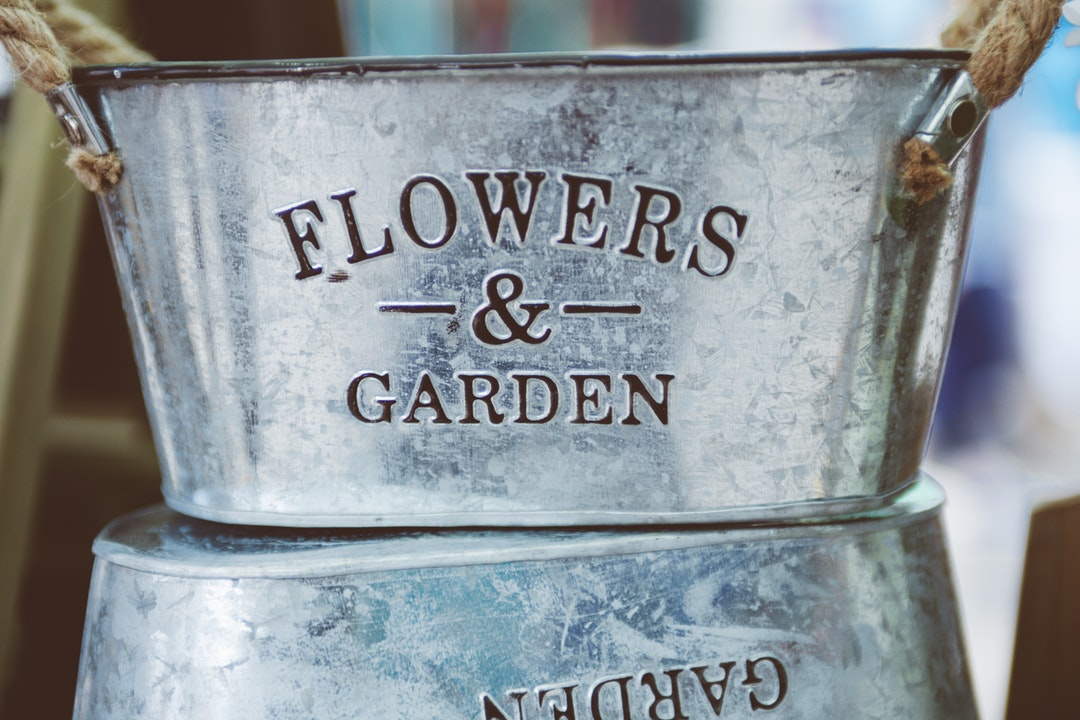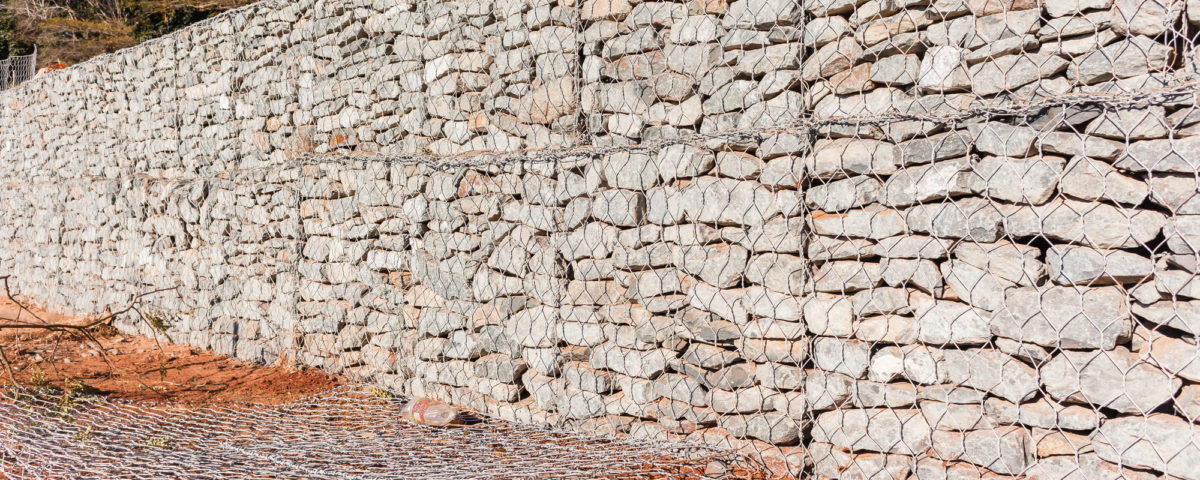
Contain Your Excitement! Here’s the 101 on Successful Container Gardening
November 23, 2018
How to Use Mexican Pebbles to Improve the Look of Your Home
November 24, 2018The average cost to build a retaining wall is $5,364.
Retaining walls help to prevent erosion, create extra usable space, and manage water flow. Retaining walls can be absolutely necessary if your home is near a soil fault line. A retaining wall may also just be a cosmetic addition to a landscaping design to add a garden.
Regardless of the reasons why retaining walls are installed, the bottom line is they aren’t cheap to build from scratch.
Just like any aspect of our homes, we need to repair it and maintain it. In some cases, a total replacement might be in order. After all, retainer walls do have a shelf life.
We all want to protect our investments. We want to keep our homes safe and looking beautiful. By knowing when it’s time to replace or repair our retaining walls, we invest in the value of our homes.
Read on to learn what signs to look for when deciding if it’s time to repair or replace your retainer wall.
How to Know When It’s Time to Repair or Replace Your Retainer Wall
Retainer walls are a great addition to any backyard. They provide us with structure and beauty. Explore the following signs to know when it may be time to repair or replace your retainer wall to return it to its former glory.
1. Note the Material
Retaining walls require sturdy materials to last and remain functional. Some materials have the capacity to last longer than others. Brick or rock walls, for example, will last much longer than wood.
Sturdy materials, however, can also break down. First and foremost, note the age of the materials and the type of materials used.
If you just bought your home and have no idea how long the retaining wall has been there, then looking at the condition of the materials will give you a good idea.
Wood, even pressure treated wood, will eventually rot. Be especially diligent in checking the condition of your retainer wall if it is made from wood. Also, expect to eventually totally replace a retainer wall made out of wood.
Soil contains moisture, and while wood may look wonderful, it’s not a reliable material to use outdoors for lengthy periods of time. Wood can also attract bugs leading to an infestation. Water damage, infestation, and rot all compromise the integrity of the retainer wall structure.
If you have a wood retainer wall and it needs to be replaced, consider replacing it using materials that are more durable. While this may cost more upfront, like any smart investment, it will pay for itself in the long run.
2. Soil Check
Retainer walls are great at providing stability and holding together soil. However, each retainer wall can only take so much before it’s under too much pressure.
Retainer walls, like houses, also need a solid foundation to do its job properly. Regardless of the reasons behind the added pressure to the retainer wall, it needs some relief.
To see if built up pressure behind the retainer wall is a concern, check the soil after a rainfall. If the soil is soupy, then it’s likely that the retainer wall isn’t draining properly. Instead of the water escaping around the retainer wall, the water is being stored behind it.
Thus, adding to its load. When improper drainage occurs, the retainer wall may bow out or push away from the base.
If the water damage, is not significant enough to warrant an entire replacement, then consider adding weep holes to the retainer wall. You can also create a distinct path for water to drain around, so it doesn’t collect behind the retainer wall.
If the damage is extensive enough then it may be time to replace it. Consult with a structural engineer to get a clear answer.
If the structural engineer suggests that it needs to be replaced, then find a reputable contractor or landscaper to do the work. In either case, make sure that whoever is hired creates a solid foundation for the retainer wall.
A solid foundation requires that the soil is packed tightly.
3. Cracks, Chips, and Leans
Cracks, chips, and leans in the materials used on your retainer all warrant a further look.
These flaws usually are unsightly on the surface, but could also be pointing to a structural issue. If the water isn’t draining properly the material may crack under pressure.
If the materials are older, then exposure to the elements may be slowly wearing them down creating chips. These chips, however, weaken the integrity of the materials which could lead to more extensive damage. Cracks and chips in rock or brick may be able to be repaired using stabilizing materials such as cement, but it’s best to consult with a structural engineer prior to putting in the work.
If your retainer wall is leaning away from the base, then this is sure sign that a replacement may be necessary. When a retainer wall is leaning away from the base, it poses a significant risk to its surroundings. If the retainer wall collapses entirely, it could damage you or your neighbor’s homes foundation resulting in costly repairs.
Also, take note if surrounding structures are adding too much pressure on the existing wall causing it to lean. Pool decks, garages, and sheds built above or around the retainer wall can cause additional pressure leading to a lean, crack, or split.
4. Uprooted Vegetation
If vegetation such as trees or hedges around the retainer wall is uprooting, then this is a sign that the soil is shifting. Unfortunately, it’s likely shifting downward towards the retainer wall.
Retainer walls seek to battle gravity caused by sloping. When vegetation begins to show their roots, then this is a sign that they too are losing the battle against gravity. Through erosion and poor drainage, gravity is pulling the soil down.
When this occurs, do not add more soil to cover the uprooted vegetation. It’s a good idea to also not disturb the vegetation or add any further pressure on the area. Adding more pressure or disturbing the soil could cause it to slide out resulting in damage to the retainer wall and surrounding structures.
If you notice uprooted vegetation, then call a structural engineer as soon as possible. They will be able to tell you if the retainer needs to be repaired or replaced and how to avoid this problem in the future.
Feeling More Confident About When It’s Time to Replace or Repair Your Retainer Wall?
Remember to always consult a professional before making repairs. Not only could this save you money, but a professional will know the exact extent of work that needs to be done. A retainer wall can be just for show, but since they also carry a purpose and are a load-bearing structure it’s important to always take caution.
If you live in the Irwindale, CA area, then we’d love to help you add to the beauty of your backyard! Contact us today and get a free quote on your landscaping material needs.


